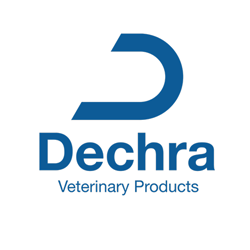Zoonoses and Human Safety
Healthy humans are at very low risk of infectionwith a zoonotic agent through exposure to a healthy cat.17 However, immunocompromised individuals (e.g., older adults, children younger than 5 years of age, pregnant women, or immunosuppressed individuals) are at increased risk of acquiring zoonotic disease from pets. Common zoonotic diseases in cats (e.g., toxocariasis, toxoplasmosis, ringworm, bartonellosis [cat scratch fever]) are described in detail in the 2019 AAFP Feline Zoonoses Guidelines,17 as well as within the Centers for Disease Control and Prevention’s “healthy pets, healthy people” resource.128 This information can aid in education of the practice team and help guide discussions with pet owners.
Basic preventive healthcare (e.g., internal and external parasite control, vaccination) protects both feline and human health and is further enhanced by management to prevent pet roaming. Understanding and instituting proper biosecurity measures is a basic tenet of preventing zoonoses. Detailed guidance for assessing and instituting biosecurity protocols can be found in the 2018 AAHA Infection Control, Prevention, and Biosecurity Guidelines.129 The practice team should ensure proper hand hygiene and personal protection at all times and alert coworkers to likely infectious animals so that possible exposure can be mitigated.
Pet food, particularly raw or undercooked meat, is also a source of potential zoonotic agents.130 Many veterinary and human health organizations, including AAHA and the AAFP, do not advocate or endorse feeding pets any raw or dehydrated non-sterilized foods, including treats that are of animal origin.84 Safe food handling should be practiced with all pets.
Avoiding situations that may lead to cat bites or scratches is a key part of human safety and, in turn, a means to help prevent zoonoses associated with these injuries. This is another important reason for the practice team to learn and engage in feline-friendly handling techniques8 and to teach owners techniques to help them avoid being bitten or scratched by their pet. The risk of cat scratch fever, a zoonotic disease caused by Bartonella henselae transmitted by fleas, can also be reduced by the use of regular, effective flea prevention.17
Boehringer Ingelheim Animal Health USA Inc., CareCredit, Dechra Veterinary Products, Hill's Pet Nutrition, Inc., IDEXX Laboratories, Inc., Merck Animal Health, and Zoetis Petcare supported the development of the 2021 AAHA/AAFP Feline Life Stage Guidelines and resources through an educational grant to AAHA










